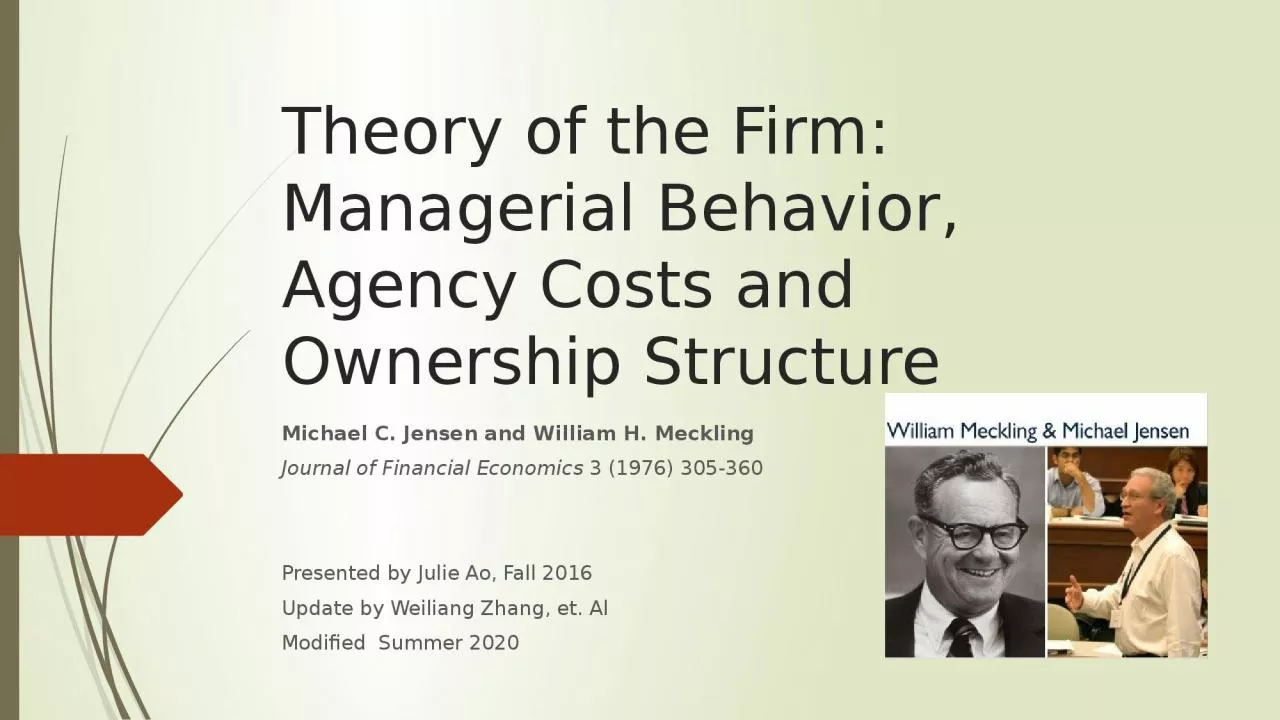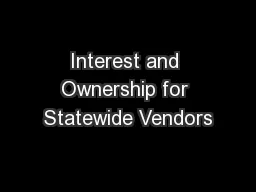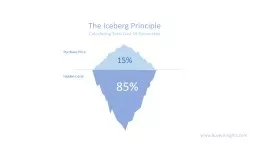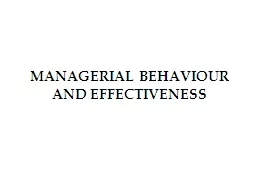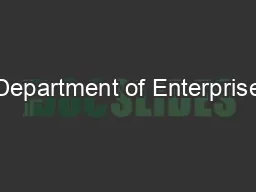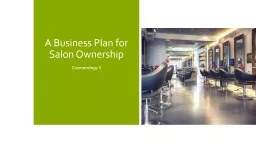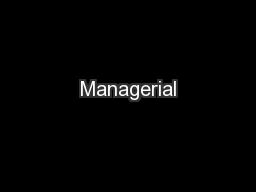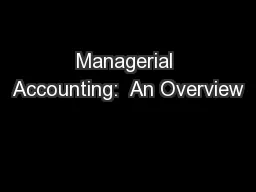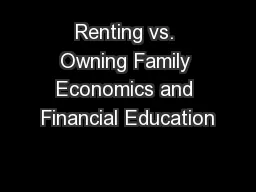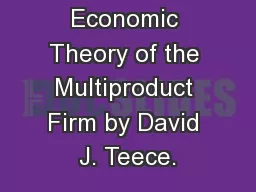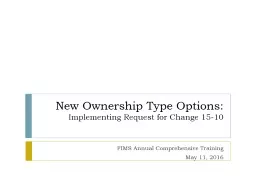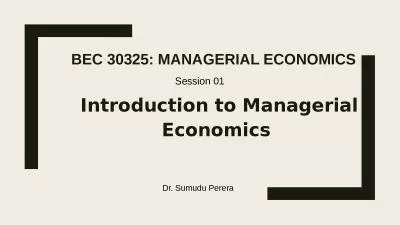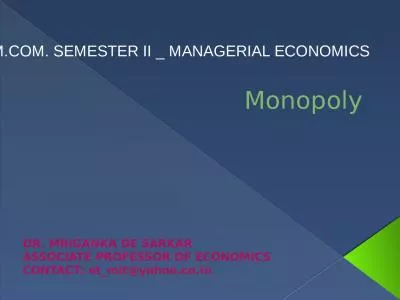PPT-Theory of the Firm: Managerial Behavior, Agency Costs and Ownership Structure
Author : eve | Published Date : 2023-10-30
Michael C Jensen and William H Meckling Journal of Financial Economics 3 1976 305360 Presented by Julie Ao Fall 2016 U pdate by Weiliang Zhang et Al Modified Summer
Presentation Embed Code
Download Presentation
Download Presentation The PPT/PDF document "Theory of the Firm: Managerial Behavior,..." is the property of its rightful owner. Permission is granted to download and print the materials on this website for personal, non-commercial use only, and to display it on your personal computer provided you do not modify the materials and that you retain all copyright notices contained in the materials. By downloading content from our website, you accept the terms of this agreement.
Theory of the Firm: Managerial Behavior, Agency Costs and Ownership Structure: Transcript
Download Rules Of Document
"Theory of the Firm: Managerial Behavior, Agency Costs and Ownership Structure"The content belongs to its owner. You may download and print it for personal use, without modification, and keep all copyright notices. By downloading, you agree to these terms.
Related Documents

